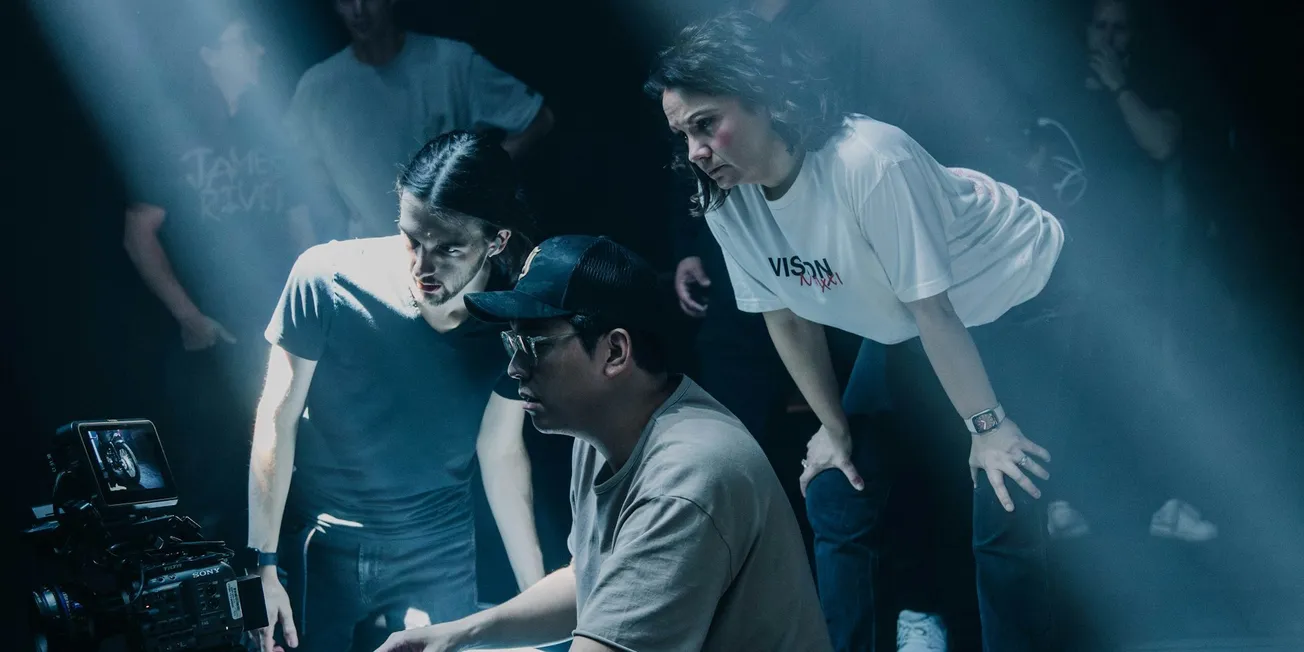Table of Contents
Last week, we covered how location scouts can positively impact a film or TV project. But how does money impact, if, when, where, and how projects are produced?
Tax incentives can play an oversized role in helping you decide where a production is made—and messing up the incentives process can be a major concern when the final numbers are tallied, especially by post accountants. Friend of the newsletter Yana Collins Lehman, who we recently spoke with about post accounting, discussed the power of New York and New Jersey tax credits recently on the Lost in Jersey podcast.
With Georgia nearly overhauling their industry-leading tax credit program recently, and the number of available projects (and jobs) shrinking as studios cut volume, state incentive programs have become an increasingly visible part of the financing (for creators) and greenlighting (for producers) process.
So what is most important to know?
We discussed film and television incentives with a studio finance executive at a major production studio (who will remain anonymous at their request) who had the following thoughts on the current environment.
How do studios think about tax credits, and how do they impact decisions?
Now more than ever, studios must look at incentives as a key driver in whether a production is even greenlit. Incentives are a must have for jurisdictions to even compete in attracting a project.
It seems like studios are pulling back on the number of projects which are going forward as a way to control costs. This makes incentives even more important as a tool to greenlight a project.
What is the current tax credit environment like? How are locales competing for projects, and where are the best places to film?
States and jurisdictions that simply dip their toe in the incentive waters and try out nominal programs will generally fail.
For example, a 10-15% credit drawing from a funding pot of $10M that qualifies spend on only local resident hires will not attract a major television or film production. It will likely fail.
Compare that to Georgia, which is still the gold standard in the US as far as an incentive framework. Georgia maintains a high rate, 30%, and allows most production spending to qualify, including resident and non-resident labor, with few caps to worry about. Most airfare, loan out compensation, per diems, and insurance qualifies, as long as local tax laws are followed and vendors are registered. Scripted and unscripted programming are qualified in GA, which is a nice feature.
It is a great program, and we all love it. However, it should be noted the new mandatory audit rules have soured some feelings on the incentive. The sampling and documentation rules are an over-reach that has caused delays and additional costs for the studios. Many studios have commented that the Georgia Department of Revenue has turned production accountants into the enforcement division of DOR, as the accountants are forced to chase down vendor business licenses and sales tax registrations.
Other states have really improved their incentive programs. New York recently increased its rate to 30% and allows certain above-the-line positions to qualify for the credit. Similarly, Illinois recently allowed certain non-resident positions to qualify for the credit. California is allowing refundability of the credit effective July 1, 2025, which it never did before.
Internationally, the UK is an impressive program that allows a 25% rebate on goods and services “used and consumed” in the UK. “Used and consumed” is a massive lift as it allows US cast and crew working in the UK to qualify for the incentive. Most European jurisdictions do not allow that.
Our neighbor, Canada, is always an option. Not only is it attractive on a currency basis, but the federal government credit and the provinces can be combined for some lofty incentive rates—35-47% roughly, sometimes higher.
What takeaways should creators remember about state tax credits, and what trends should they be looking out for in the near future?
Incentives are a massively important factor in deciding which jurisdictions to shoot. It’s no secret that when Michigan and Florida, for example, shut down their incentive program, studios turned their interest elsewhere. Florida, in particular, is a sleeping giant, in my opinion, with the year-round good weather, beaches, palm trees, urban and rural locations. If the state passed even a modest program at say 25% credit based on local spend and local hires, the industry would return in droves.








